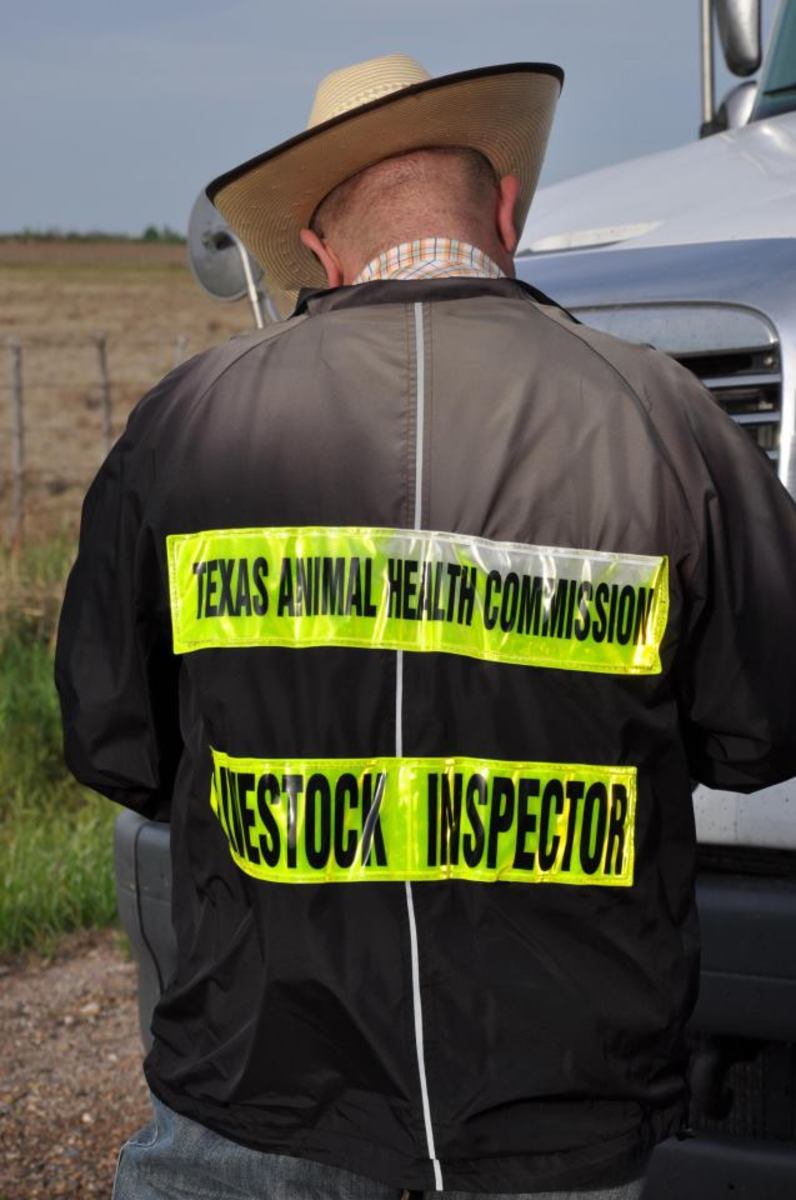
We see a lot of press releases and announcements related to horse health. Many of them are passed along through The Jurga Report to readers who want to know–or should know–about potential horse health hazards. But this one reads like a script from the television show CSI. Is there a CSI: Border Patrol on cable? or a CSI: Equine Forensics Unit? Maybe there should be.
Many of us have read about El Paso, Texas recently as a border crossing location where many truckloads of slaughter-bound horses enter Mexico, where their lives will end. Now it seems there is two-way traffic in horses at the border.
How do equine diseases–and the horses that carry them–get into the United States? Sometimes they just walk in.
That’s what happened in Texas recently. The Texas Animal Health Commission is reporting a bizarre story that might make you stop and think about the spread of animal diseases and how it happens.
It all began when U.S. Border Patrol agents seized 10 adult horses and four yearlings as they attempted to enter Texas illegally.
What’s so unusual about that? You are probably envisioning a horse van or an oversized trailer stopped at a border crossing, but think again.

The small herd gained entry to the USA by simply walking across the Rio Grande River near Indian Hot Springs, in southern Hudspeth county, south of El Paso.
The animals were turned over to the United States Department of Agriculture, Animal Plant Health Inspection Service, Veterinary Service (USDA/APHIS/VS) officials, who then tested the horses for a number of disease conditions that are considered foreign to the U.S.
The result? All ten of the adult animals tested positive for Equine Piroplasmosis (EP). EP is routinely found in Mexico and numerous other countries around the world, but is not considered to be endemic to the U.S. The blood-borne protozoal disease can be fatal to horses and could create major constraints to interstate and international movements if left undetected. (EP does not affect humans.)
According to Dr. Grant Wease, field veterinarian for USDA/APHIS/VS in El Paso, the illegal movement of animals is an ongoing concern in the vast open spaces of West Texas. He noted, “In some places the Rio Grande poses no barrier at all to foot traffic for man or animal.” According to the latest USDA information, Dr. Wease indicated that “In 2011, approximately 280 head of cattle and 160 head of equine (primarily horses) were intercepted by USDA officials along the Rio Grande.”

To further complicate the situation, many of the normal import processes for livestock entering Texas have been impacted by border violence, making the attempt to smuggle animals into Texas even more tempting.
The investigation by USDA and Texas Animal Health Commission (TAHC) is ongoing to determine not only the source of the horses, but their possible destination as well.
The TAHC recently passed EP rules requiring testing of race horses before entry to a Texas track, and numerous other states have done the same because of recent cases found in that population of horses.
“Racing Quarter horses with some connection to Mexico appear to be at highest risk of testing positive to the emerging disease,” according to Dr. Dee Ellis, State Veterinarian and TAHC Executive Director. Although the interdicted horses were described as Thoroughbreds, they were considered to be more likely breeding type animals rather than race-ready horses.
Dr. Ellis went on to state, “This situation highlights the ongoing border security problems Texas is facing, which leads to an increased risk of disease introduction for the Texas livestock population when animals enter our state illegally. I encourage all citizens that witness unusual activity regarding livestock movement near the Mexican border to contact their local law enforcement or animal health officials as quickly as possible to report the situation.”
Information from the Texas Animal Health Comission was used in this article.









